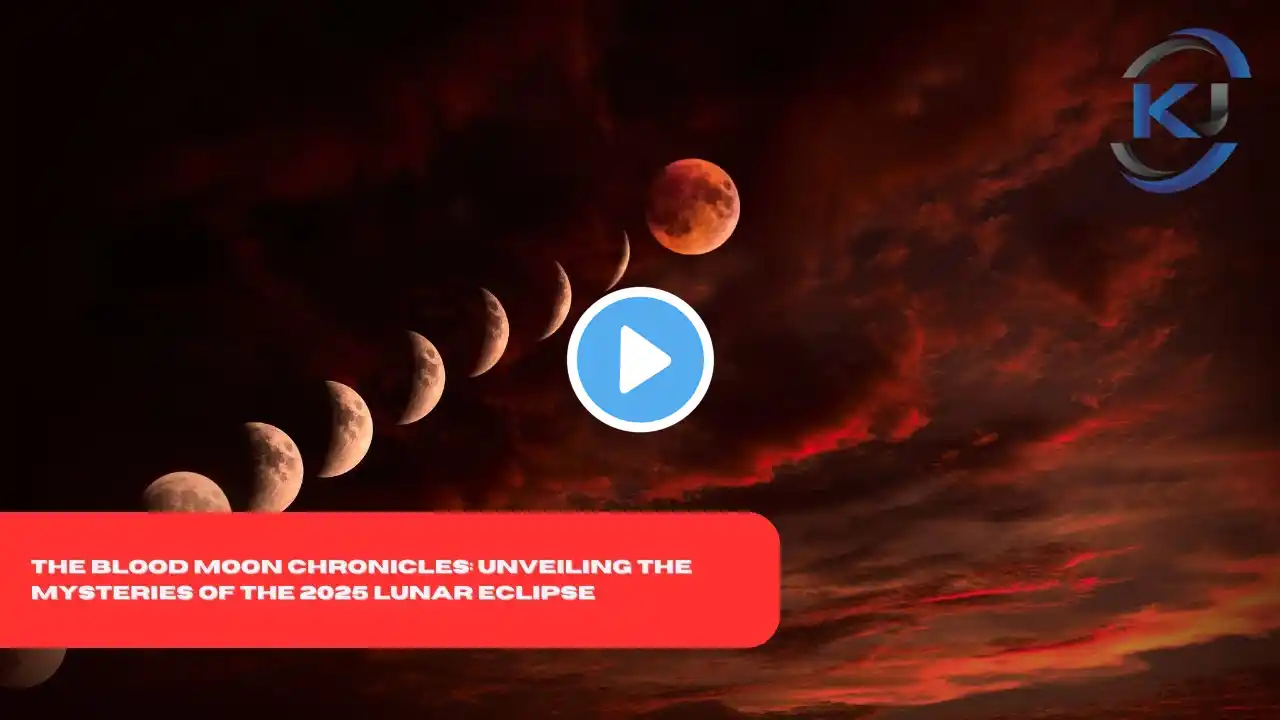
The Blood Moon Chronicles: Unveiling the Mysteries of the 2025 Lunar Eclipse
The Celestial Spectacle The night sky has always fascinated humankind, and among its many wonders, the lunar eclipse stands as one of the most mesmerizing. On March 14, 2025, a breathtaking total lunar eclipse, known as the Blood Moon, will grace the skies. As the Earth moves perfectly between the Sun and the Moon, a shadow will engulf the lunar surface, turning it into a deep red sphere. People across the Americas, Western Europe, Africa, and the vast Pacific and Atlantic Oceans will witness this extraordinary event. However, in India, the celestial drama will unfold during daylight, making it invisible to the naked eye. Despite this, anticipation for the phenomenon remains high, as stargazers gear up to catch live streams of this rare occurrence. The Science Behind the Blood Moon A total lunar eclipse occurs when the Earth aligns perfectly between the Sun and the Moon, blocking direct sunlight and casting a shadow. However, instead of vanishing into darkness, the Moon takes on a reddish hue. This phenomenon, commonly referred to as the Blood Moon, is caused by Earth's atmosphere filtering and scattering sunlight, allowing only the longer-wavelength red light to reach the Moon. During this eclipse, the event will begin at 9:27 AM IST, peak at 12:28 PM IST, and conclude at 3:30 PM IST. While India will miss this spectacle, another lunar eclipse on September 7-8, 2025, will be fully visible across the country, giving Indian astronomy enthusiasts something to look forward to. Cultural and Spiritual Significance For centuries, lunar eclipses have carried deep cultural and spiritual meanings across different civilizations. In India, a lunar eclipse is referred to as Chandra Grahan and is often associated with traditional beliefs and rituals. The fact that the March 14 eclipse coincides with Holi, the festival of colors, adds another layer of significance. Many believe that celestial events influence human emotions and energy, while some consider eclipses to be inauspicious times, urging people to avoid certain activities. Despite these beliefs, scientific evidence confirms that lunar eclipses are purely astronomical events, posing no direct effects on human life. Safety and Viewing Guidelines Unlike solar eclipses, which require special protective gear to prevent eye damage, lunar eclipses can be observed safely with the naked eye. Enthusiasts can use telescopes or binoculars to enhance their viewing experience. Since the March 14 eclipse won’t be visible in India, live streams will be available on various platforms for those eager to witness the event. For those awaiting the September 7-8 eclipse, experts suggest choosing open areas with minimal light pollution to experience the full beauty of the phenomenon. Photography enthusiasts can capture the changing hues of the Moon using long-exposure settings on their cameras. Myths and Misconceptions Lunar eclipses have long been shrouded in myths. In various cultures, people believe that these events bring omens, while in some traditions, they are linked to deities and celestial battles. One common belief is that an eclipse can have adverse effects on pregnant women, leading to various precautionary measures. While these beliefs have been passed down through generations, scientific research has found no evidence to support claims that lunar eclipses impact human health, pregnancies, or fate. Nevertheless, respecting cultural traditions is important, and many people continue to observe their customs during such events.
